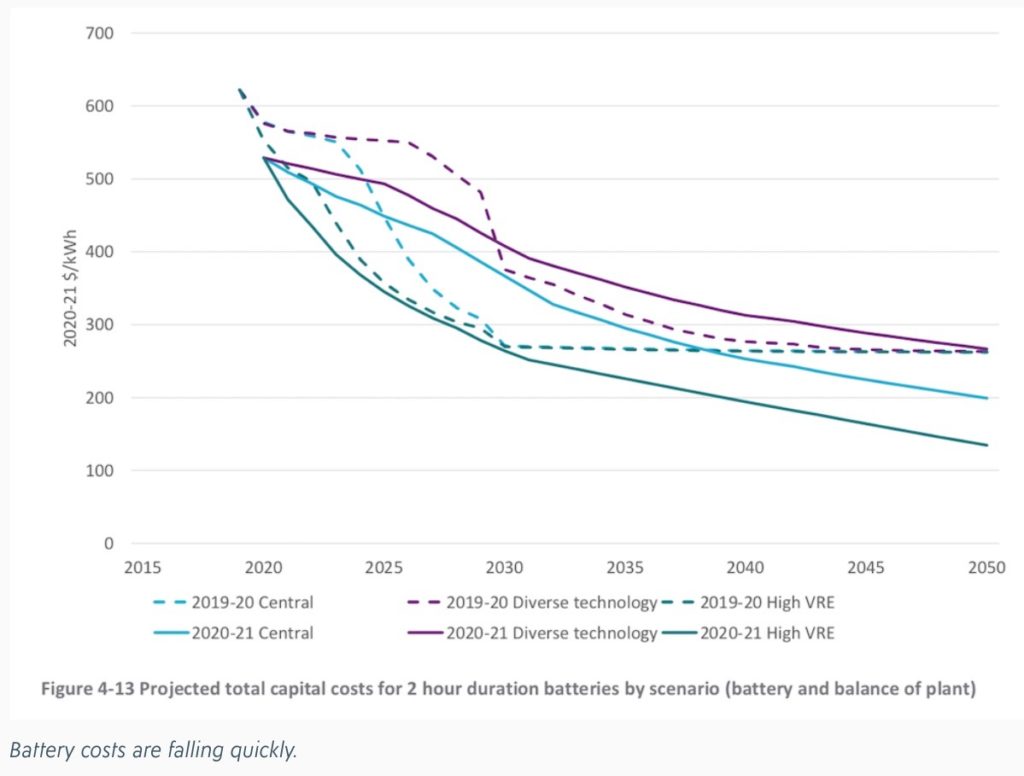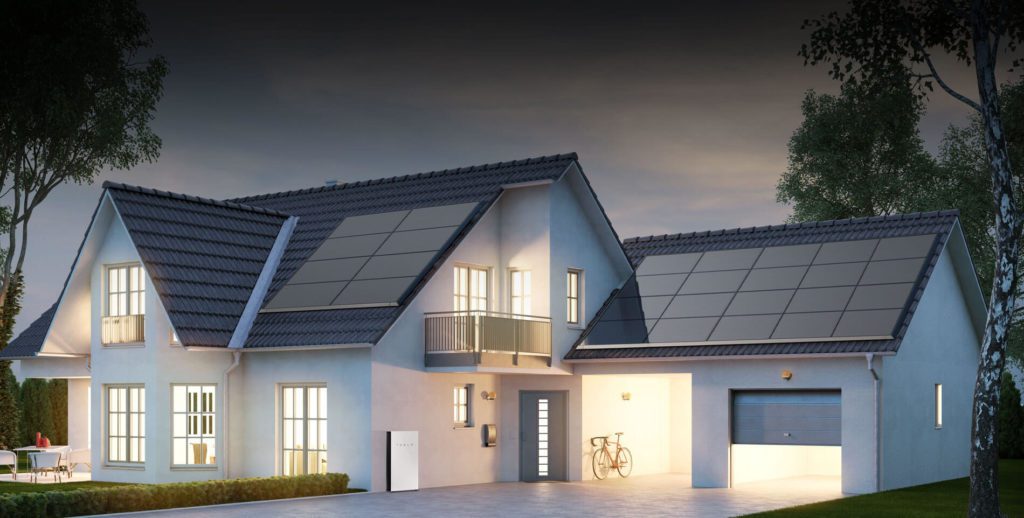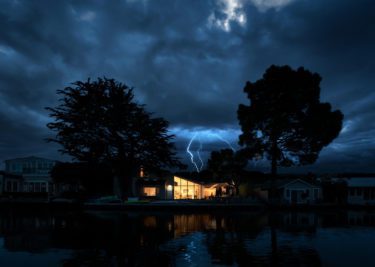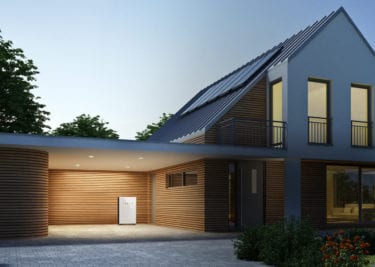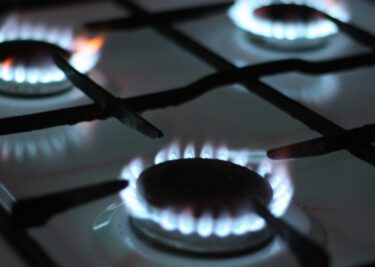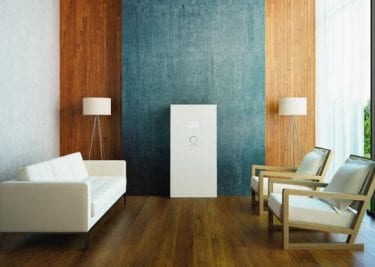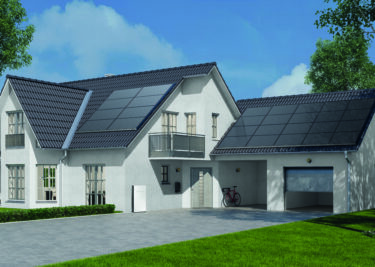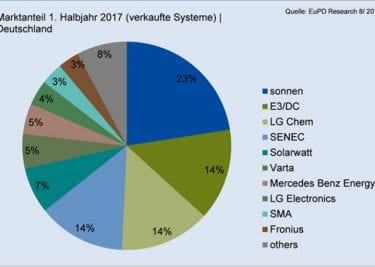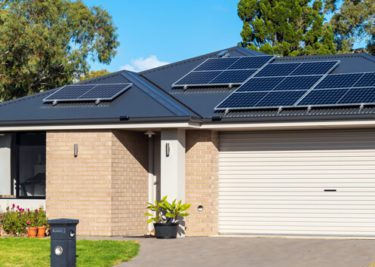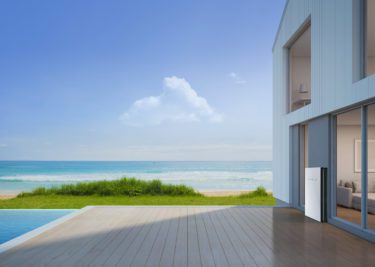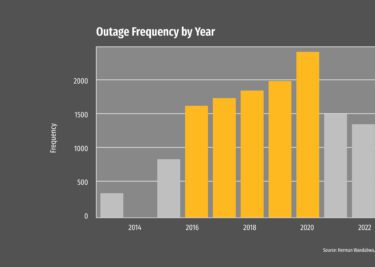According to modelling undertaken by the Australian Energy Market Operator and the CSIRO, the price of batteries is falling faster than any other energy storage technology, and that decline is not expected to bottom out any time soon. For that reason, more and more Australians are looking to add a battery energy storage system (BESS) to their existing solar array or install a combined solar-plus-storage system.
For many, the lure of residential battery storage is the opportunity to “cut the chord” – which is to say, say goodbye to the electricity retailer that has been stinging you with ever-higher bills. For that to happen, you need a sufficiently large rooftop PV system and big enough battery to allow you to take yourself “off-grid”. But is “cutting the chord” as simple as it sounds? And perhaps a more important question, is it worth it?
Image Source: ARENA
What is “off-grid”?
Contrary to what some might think, coupling a solar system with a home battery does not “cut the chord” to the utility grid. In fact, most solar systems remain grid-connected (and not just for the feed-in-tariffs that you receive for the solar energy fed back into the grid). And while the prospect of opening your last electricity bill might seem appealing, there are pros and cons to going off-grid.
“Off-grid” refers to an energy system that is not connected to the utility grid, meaning all energy consumed must be generated by your solar panels, stored for times when the sun doesn’t shine, and generally backed up by a diesel generator just in case the sun decides to pull a sickie.
Of course, the lure of “off-grid” is a tempting one, self-sufficiency, energy independence, freedom from utility grid power prices and it’s about the only way to go completely green until the grid itself is decarbonised. However, self-sufficiency is no easy task, and for many maintaining a grid connection is simply the most feasible option.
Not as easy as it sounds
On the surface going “off-grid” seems fairly straightforward. You throw some solar panels on the roof and a battery out back and suddenly a grid connection seems about as useful as a flyscreen on a submarine. But actually, while becoming 100% dependent on your own solar power isn’t impossible, it takes a bit of work and a lot of expense. Indeed, you’d either have to get yourself an oversized system (up to 2-3 times more expensive), and/or develop your own rigid system of energy efficiency.
Without a grid connection you don’t have the luxury of using grid power in times of need. And unfortunately, thanks to small inconveniences like long periods of bad weather and night-time, grid power is sometimes needed. By the way, depending on the size of your BESS and your energy usage, a “long period” without sun may mean only a day or two, which may be cutting it fine.
What is more, as alluded to earlier, you’ll need an oversized solar-plus-storage system if you intend to survive solely off energy of your own generation. It is true that the price of residential batteries is falling but a BESS still represents a significant investment, and whether your property is capable of housing enough solar panels and batteries to power your entire home is not guaranteed.
On top of the sheer energy requirement, going “off-grid” is also likely to require a charge controller and at least two solar inverters, possibly even a small cluster, in order to handle load surges which a grid connection would usually take care of. Again, off-grid inverter systems are certainly doable, but the expense might make the switch unrealistic.
An additional consideration is that the electricity network is something that we’ve all paid for – either through our taxes or through the charges that make up a part of every electricity bill. In one way or another, we’ve all paid for the grid and it makes sense to use it!
Of course, if you are determined to go “off-grid”, the technology is available, but it is likely that you will need to adjust your habits to maximise energy efficiency. This means minimising your electricity usage in the evening and cordoning off power-intensive activities to the daylight hours. Such behavioural conditioning requires commitment and probably a certain modicum of charm, after all, other members of the household might not be so eager to relinquish their long late-night showers, nor bundle themselves up in blankets nor switch off the series they’re binging on Netflix.
Lastly, taking yourself off-grid means you can’t participate in virtual power plants (VPPs), and you’re unlikely to incorporate an electric vehicle (EV) in your system. If you have no desire to take part in VPPs then this is no loss, but for some taking part in a VPP provides system affordability upfront. VPPs also allow households to play an important role in Australia’s “energy transition” by helping the grid to function smoothly as more and more solar is installed in Australia’s suburbs.
And as far as EVs are concerned, adding an EV is going to eat up a considerable amount of your energy as you’ll be replacing those trips to the servo to fill up with electrons generated on your roof. While uptake in Australia has been slow in its adoption of EVs, it is increasing and becoming more attractive as low petrol prices become a thing of the past.
Are you better off?
Ultimately, whether going off-grid is right and realistic for you depends on your specific situation. Before you consider whether off-grid is right for you, it might be worth your while to do the sums on your electricity consumption patterns and usage and see whether you could afford the size of system required to cover your needs and a bit extra besides. The solar and battery storage provider you work with should be able to help you do those calculations so you can make the decision that works for your roof, family, budget and energy needs. Most likely you’ll find the ideal system for you is a “hybrid” system, meaning you have solar-plus-storage and a grid connection.
Of course, Australia is a big country with a grid that can get a bit “skinny” around the edges. So, if you’re in the sort of place that demands an off-grid system, going off-grid has never been as simple and cost-effective as it is now.

